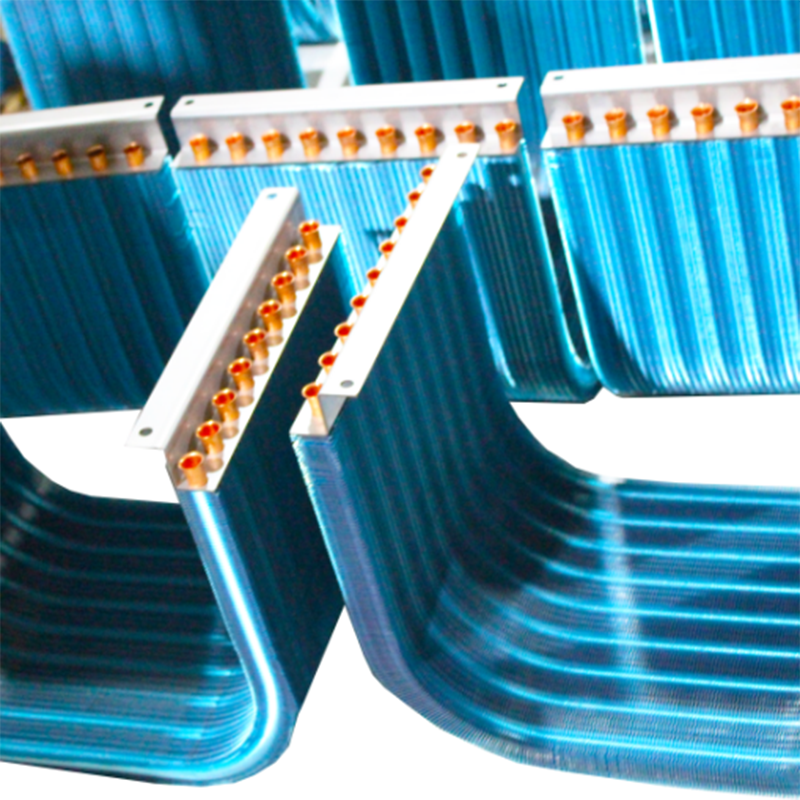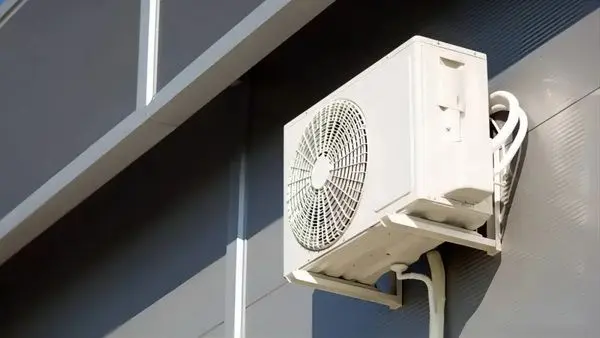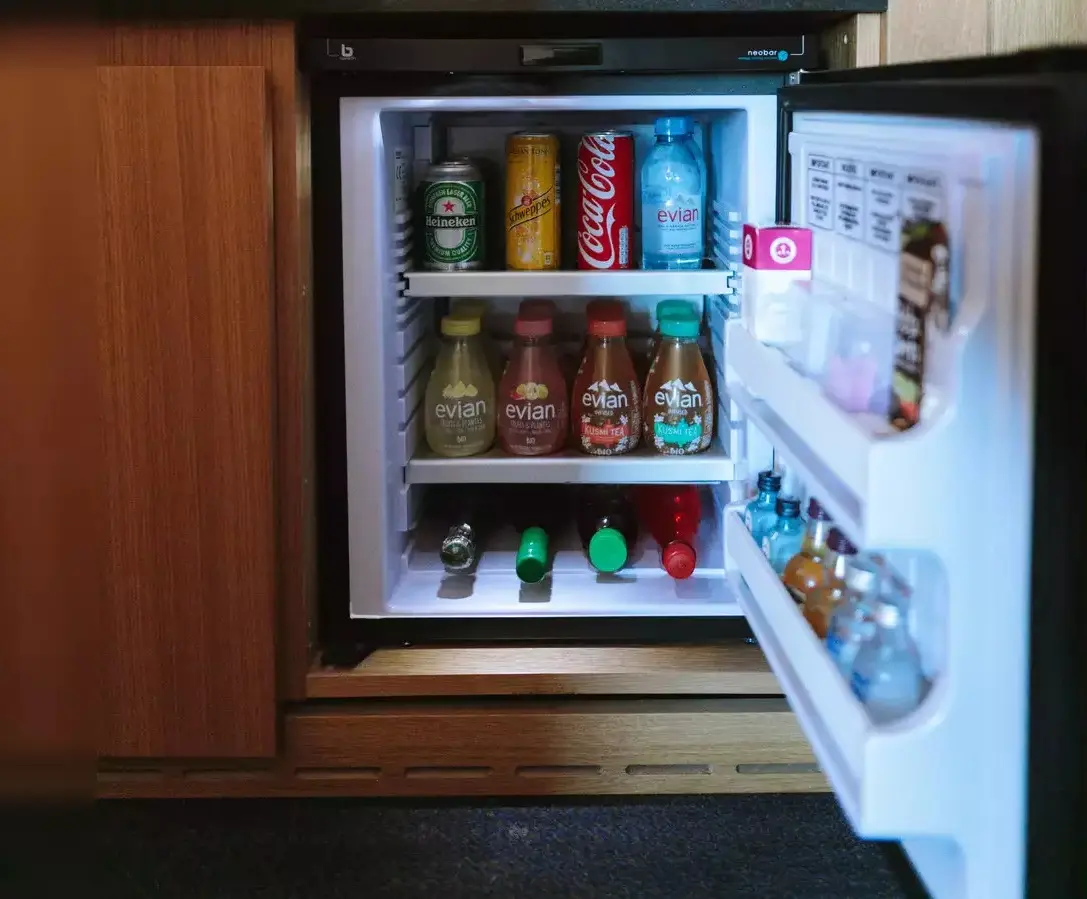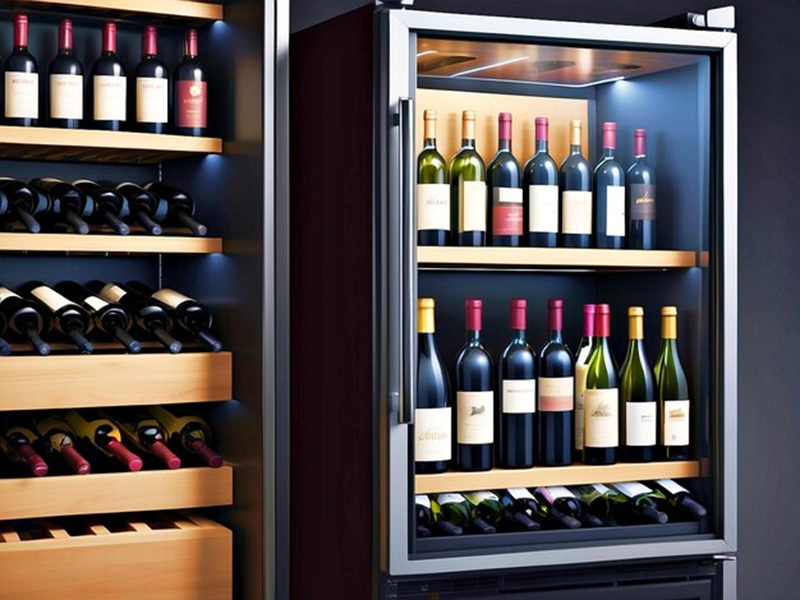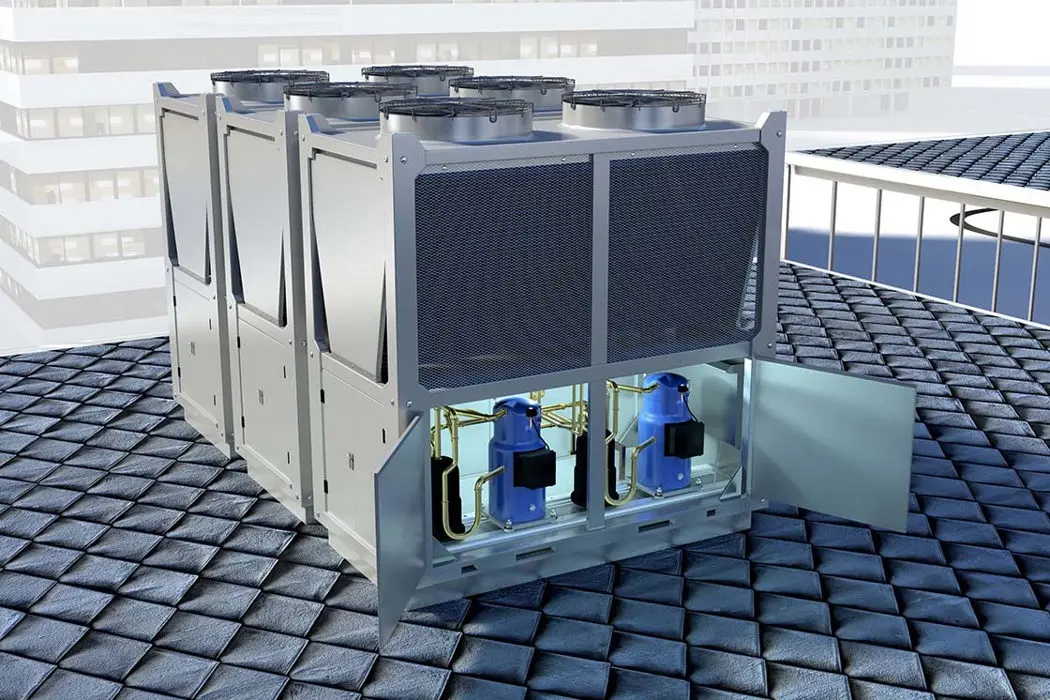How to Prevent Frost Damage in Aluminum Fin Heat Exchangers?
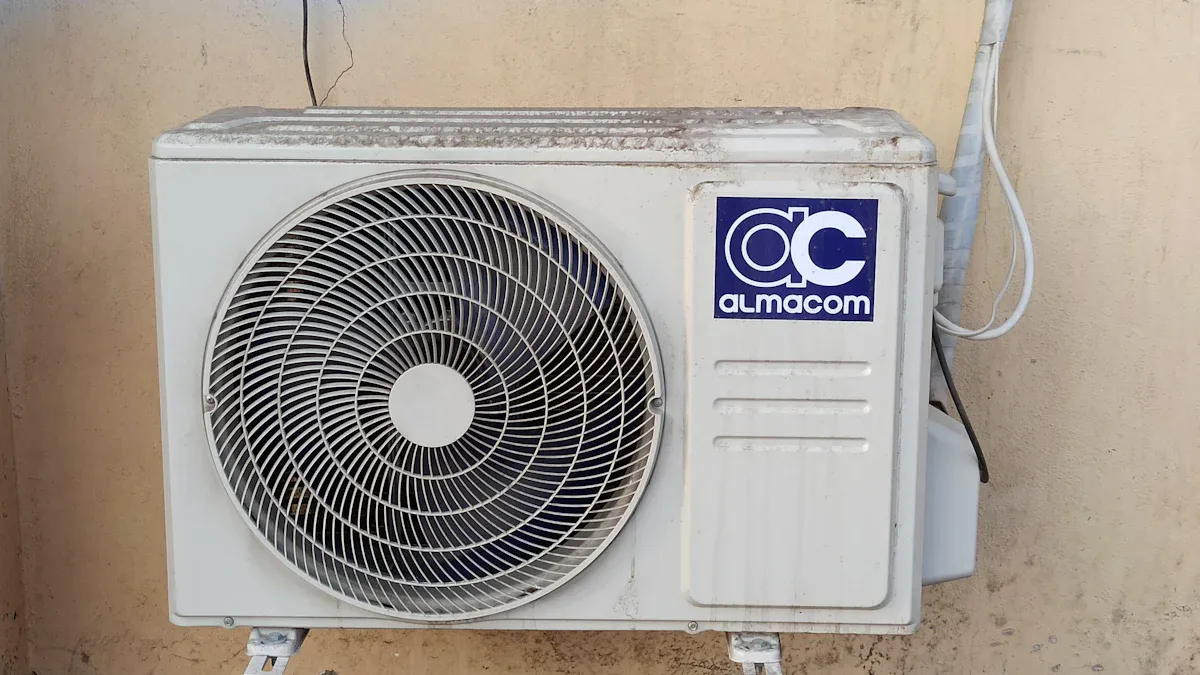
I always focus on proper system design and thorough maintenance to prevent frost damage in aluminum fin Heat Exchangers. I trust reliable manufacturers like senjun for their advanced research and production of copper aluminum fin andCopper Fin Heat Exchanger solutions. Clean airflow and freeze protection devices help me avoid costly repairs.
Key Takeaways
- Prevent frost damage by designing heat exchangers with corrosion-resistant materials, hydrophilic coatings, and precise airflow control to keep surfaces dry and efficient.
- Perform regular inspections using sensors and cleaning routines to detect frost early and maintain optimal heat exchanger performance.
- Choose trusted manufacturers like senjun for advanced frost-resistant heat exchangers that ensure long-term reliability and energy savings.
Understanding Frost Formation and Its Risks
Why Frost Develops on Aluminum Fin Heat Exchangers
I have seen frost develop on aluminum fin heat exchangers when several physical and environmental conditions align.
- Frost forms when the surface temperature of the aluminum fins drops below both the dew-point temperature of the surrounding moist air and the freezing point.
- Moist air is essential because water vapor must be present to deposit as frost.
- Airflow velocity and turbulence influence how quickly and where frost accumulates.
- The geometry and spacing of the fins also matter. Frost tends to form more on the windward side of the fins, where water vapor concentration and temperature are higher.
- Heat and mass transfer processes, such as convection and conduction, play a role in frost formation.
- As frost builds up, it changes the airflow and Heat Transfer characteristics. At first, it can increase the heat transfer area, but eventually, it insulates the surface and reduces efficiency.
Consequences of Frost Damage
When frost accumulates, I notice several negative impacts on system performance:
- The insulating layer of frost increases thermal resistance, which reduces heat transfer efficiency.
- Airflow through the fins becomes obstructed, causing a higher pressure drop and lowering overall performance.
- High humidity can lead to more frequent frost and condensation, which means I need to perform regular maintenance.
- Frost damage forces the system to run more defrost cycles, increasing energy consumption and operational costs.
- The environmental impact grows as fans and defrosting processes use more electricity, leading to higher emissions.
Real-World Example: Facility Downtime from Frost Buildup
I once worked with a cold storage facility that experienced unexpected downtime due to severe frost buildup on their aluminum fin heat exchangers. The frost blocked airflow, causing the system to overwork and eventually shut down for emergency defrosting. This incident led to product spoilage and increased energy bills. Since then, I always emphasize proactive frost prevention and trust manufacturers like senjun, who focus on advanced research and production of copper aluminum fin heat exchangers for reliable performance in demanding environments.
Prevention Strategies for Aluminum and Copper Fin Heat Exchangers
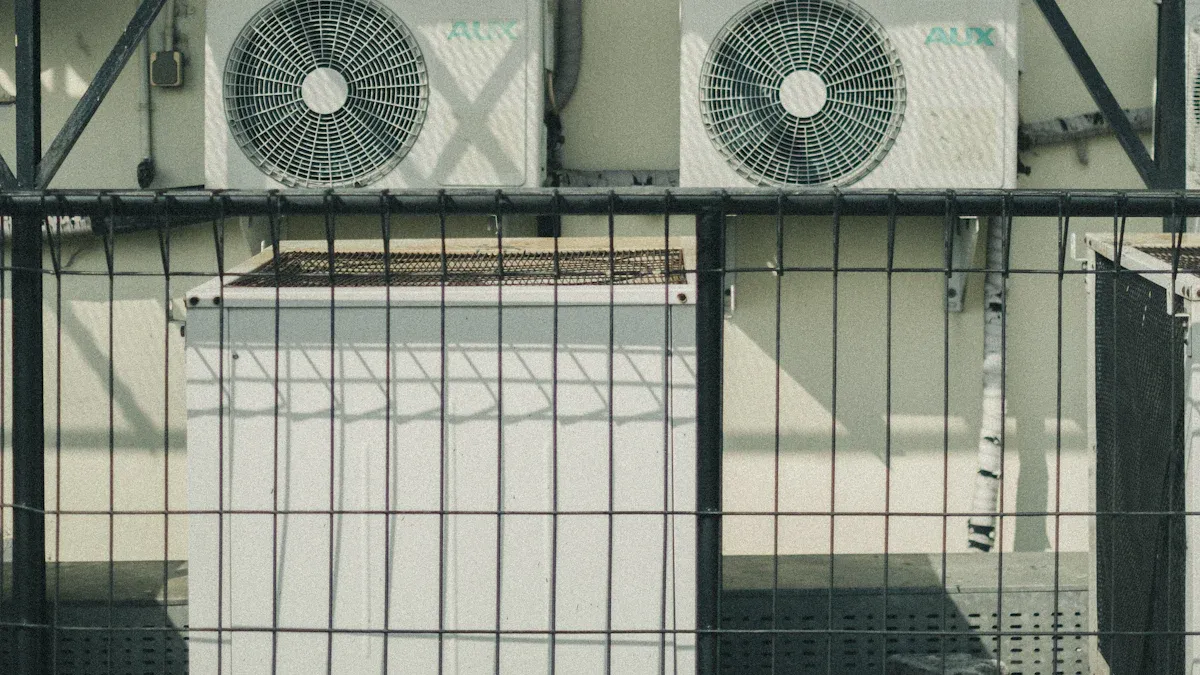
System Design and Airflow Management
I always start with system design when I want to prevent frost in aluminum and copper fin heat exchangers. I select corrosion-resistant aluminum alloys, such as alloy 8079 with temper “0”, to improve durability and reduce frost risk. I also prefer hydrophilic coatings because they lower moisture retention and boost freezing resistance by about 20%. I avoid using screws, bolts, or rivets in the design, which helps prevent leaks that can worsen frost damage.
For airflow, I use channeled guides to distribute air evenly and keep pressure losses low. This approach helps me avoid localized frost buildup. I make sure the heat exchanger can operate at freezing points without embrittlement or leaks. I also add anti-freezing systems, like bypass dampers, to manage frost formation. Smooth outer surfaces and precision engineering help me achieve optimum sealing and reduce moisture ingress.
- Use corrosion-resistant aluminum alloys
- Apply hydrophilic coatings
- Avoid screws, bolts, or rivets
- Ensure precise airflow distribution
- Add anti-freezing systems (bypass, dampers)
- Use smooth, well-sealed surfaces
When I optimize airflow management, I rely on bypass dampers and adjust the ratio of outdoor to return airflow. This keeps plate temperatures above freezing in critical areas and prevents frost. I also pay attention to fan type and airflow rate, since these factors influence frost accumulation and heat transfer. High-speed airflow on superhydrophobic aluminum fin surfaces removes unfrozen condensate droplets, reducing frost frequency and sometimes eliminating the need for defrosting cycles. However, I balance airflow rates carefully. Increasing air velocity from 1.1 m/s to 2.2 m/s improves frost distribution but can increase total frost mass by nearly 30%. I always weigh the benefits and drawbacks before making adjustments.
Regular Inspection and Maintenance Practices
Routine inspection is essential for early frost detection. I use environmental chambers and sensors to monitor temperature, humidity, and pressure drop across the heat exchanger. Superhydrophobic coatings delay frost formation and stabilize frost growth, making it easier for me to spot early signs of frost. I also use capacitive sensing methods, which measure changes in capacitance as frost forms. This technique gives me precise, real-time data on frost thickness and density, allowing me to schedule defrost cycles at the optimal time.
I keep all surfaces clean and free of debris. I install upstream filters to prevent particulates from entering the Copper Fin Heat Exchanger. I also monitor for CO2 and remove it upstream to avoid freezing inside the exchanger. Regular cleaning programs for piping and vessels help me reduce fouling and plugging risks.
Tip: Early detection and regular cleaning extend the efficiency and reliability of both aluminum and Copper Fin Heat Exchanger systems.
Freeze Protection Devices and Coatings
I use several freeze protection devices to safeguard my heat exchangers. Centifeed steam coils provide reliable freeze protection for both aluminum and Copper Fin Heat Exchanger units. For copper tube bundles, I use glycol–water mixtures to prevent freezing. I have seen the AquaVent AVI heat exchanger, which uses copper tubes with aluminum fins, benefit from these protection methods.
Hydrophilic and hydrophobic coatings also play a role. Hydrophilic coatings delay frost accumulation, while hydrophobic coatings improve defrosting efficiency by promoting larger water droplets and reducing residual water. Although these coatings do not significantly extend the operational lifespan, they make defrosting easier and reduce the risk of secondary frost formation.
Operational Best Practices for Frost Prevention
I always monitor the dew point of inlet streams to detect moisture and prevent frost. I keep streams dry and clean by conditioning incoming fluids and using permanent upstream filters. I control stream pressure and temperature to avoid hydrate and CO2 freezing. I avoid thermal gradients by adjusting flow rates slowly, keeping temperature changes below 2°C per minute. This prevents thermal stress and fatigue.
I use dynamic control strategies with bypass and face dampers to modulate airflow and heat transfer. I never rely solely on warm air bypass for anti-icing, as this can damage the heat exchanger. I monitor pressure drops across the heat exchanger to assess flow stability. I design piping and control valves to promote stable flow regimes and avoid slug flow, which can cause thermal stress.
- Monitor dew point and moisture
- Keep streams clean and dry
- Control pressure and temperature
- Adjust flow rates slowly
- Use dynamic airflow control (dampers)
- Monitor pressure drops and flow stability
Real-World Example: Successful Prevention in a Cold Storage Facility
I worked with a cold storage facility that implemented a phase-temperature storage (PTS) system. The main storage unit sat inside a sub-storehouse, with the evaporator placed between jacket layers. This setup isolated the evaporator from the high-humidity environment, allowing it to operate under low-humidity conditions. As a result, frost accumulation on the aluminum fin evaporators dropped significantly. The facility achieved better temperature control and reduced energy consumption. The airtight design prevented moisture transfer, further minimizing frost formation.
I also observed that superhydrophobic aluminum fin heat exchangers performed exceptionally well. After 25 minutes, frost weight on these surfaces was only about 73% of that on bare aluminum. The average frost growth rate dropped, and frost melted 36% faster. Water retention after defrosting was much lower, reducing the risk of secondary frost. These results convinced me to recommend superhydrophobic treatments for both aluminum and Copper Fin Heat Exchanger systems in cold storage applications.
senjun’s Approach to Frost-Resistant Heat Exchangers
When I choose heat exchangers, I trust senjun for their advanced research and production capabilities. Ningbo Senjun New Materials Co., Ltd. specializes in wire tube condensers and copper aluminum fin heat exchangers for a wide range of applications, including refrigerators, freezers, display cabinets, wine cabinets, medical ultra-low temperature refrigerators, ice makers, and dehumidifiers. I value their commitment to innovation and quality, which ensures higher frost resistance and long-term reliability.
Senjun’s engineering team uses corrosion-resistant materials, precision manufacturing, and advanced coatings to deliver products that withstand harsh environments. Their Copper Fin Heat Exchanger solutions combine the best of both materials, offering excellent thermal performance and durability. I rely on senjun’s expertise to provide frost-resistant heat exchangers that keep my systems running efficiently, even in the most demanding conditions.
I always prioritize proactive prevention and regular maintenance to avoid frost damage. Choosing reliable brands like senjun ensures long-term reliability.
- Aluminum fin heat exchangers resist corrosion, reduce maintenance, and last over 15 years.
- Their lightweight design lowers installation costs and energy use.
- High thermal conductivity improves efficiency and saves money.
FAQ
How often should I inspect my aluminum fin heat exchanger for frost?
I check my heat exchanger every month during peak usage. Regular inspection helps me catch frost early and maintain system efficiency.
Tip: Set a reminder for monthly checks to avoid unexpected issues.
What is the best way to remove frost buildup safely?
I always turn off the system before removing frost. I use warm water or a soft brush. I never use sharp tools to avoid damaging the fins.
Can I use senjun heat exchangers in medical refrigeration?
Yes, I trust senjun heat exchangers for medical refrigerators. Their advanced materials and precise engineering deliver reliable performance in ultra-low temperature environments.
| Application | senjun Suitability |
|---|---|
| Medical Refrigerators | ✅ |
| Freezers | ✅ |
| Display Cabinets | ✅ |











